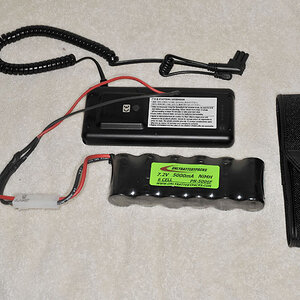- Joined
- Mar 29, 2016
- Messages
- 14,856
- Reaction score
- 8,308
- Can others edit my Photos
- Photos NOT OK to edit
is that this method results in darkening the background. I
Not necessarily depending on how much power you have for supplemental light, and using a variable ND. Dial in the background to match the over/under on your flash reading on your subjects.
As to processing what exactly is your end goal, because there's several options? In PS you could use the Highlights/Shadow adjustment as a nondestructive layer. How To Use A Shadows Highlights Image Adjustment In Photoshop. I also find the multi use High Pass filter to be helpful. 3 Fantastic Uses of the Photoshop High Pass Filter on either of these you get exceptional flexibility. I'd also recommend converting the layer to a smart object, so you can go back an adjust as needed.



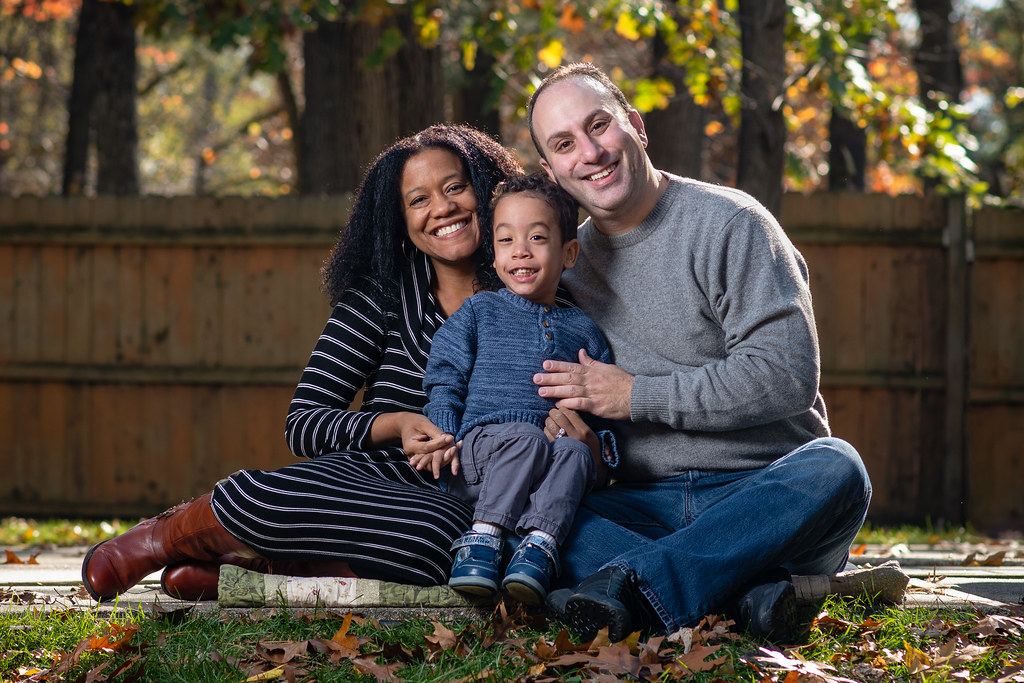

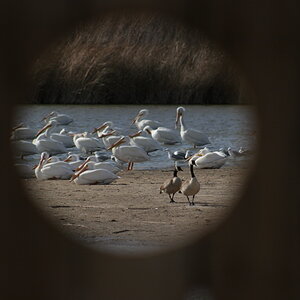
![[No title]](/data/xfmg/thumbnail/32/32635-be18e952e67667cbb1525b4b057b6423.jpg?1619735554)
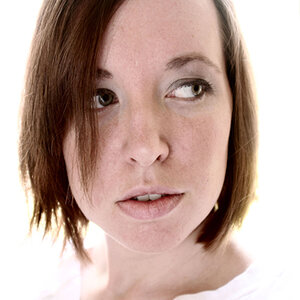
![[No title]](/data/xfmg/thumbnail/32/32717-74f4cee577117aa4476c9eb68fec51c7.jpg?1619735622)
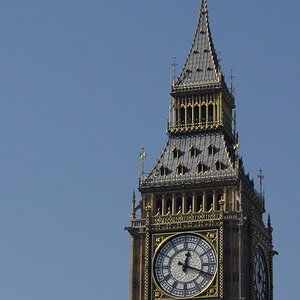
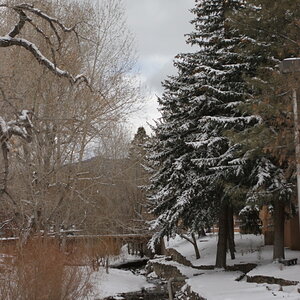
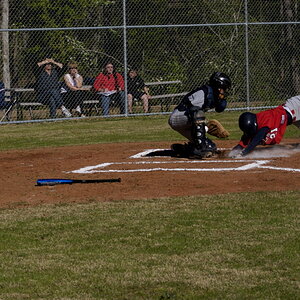
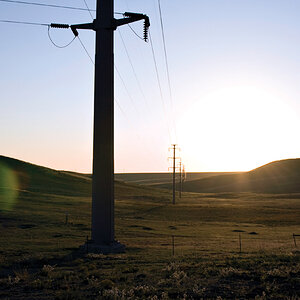
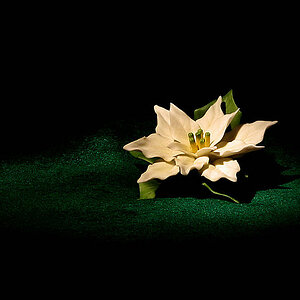
![[No title]](/data/xfmg/thumbnail/37/37127-bf1c0cde30f216dbd2804a0e700d6433.jpg?1619737884)
